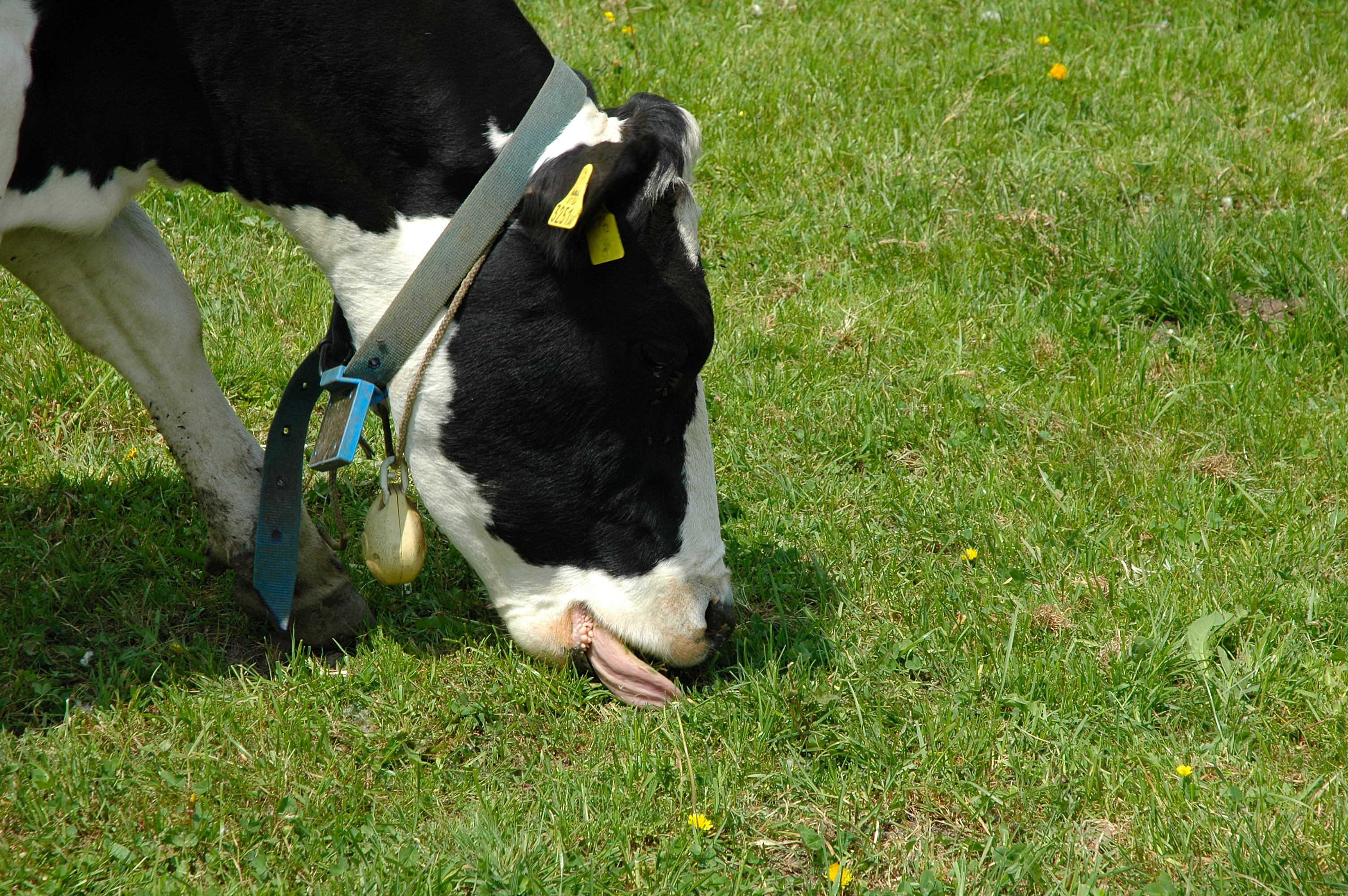In addition to the plant population, pasture care is an important factor. A crucial principle is an early start to grazing. Grazing begins at the time the grasses are tipped. The feed is only a few cm high and grazing takes place over a large area (2-3 cows per hectare). The only thing that needs to be taken into account is that the load-bearing capacity of the soil is ensured and that no scarring damage is caused. Spring grazing has several positive effects on plant populations.
The claws of cattle are usually associated with trampling injuries on grassland areas. This does not always have to be the case. The cow's claw can even have a very positive effect on the plants. Umbelliferous plants such as cow parsley or cowweed react very sensitively to grazing. If an area is grazed regularly, these plants disappear. Not only herbs can react sensitively to the step, but also some grasses. The common panicle is pushed back by the grazing. This undesirable grass has above-ground runners that are broken up by the claws when grazing, thereby weakening the plant. The effects described here are particularly strong in the period from the start of vegetation to the first cut. They become weaker and weaker until autumn. Therefore, the autumn pasture cannot keep up with these effects. As a rule, autumn grazing involves grazing on cut meadows that do not have stable turf like permanent pastures.
The sharp buttercup is considered a plant that cannot be suppressed by grazing. Since this plant contains toxins, animals avoid it. This only applies when the animals start grazing in tall stands (from 20 cm). If you hit an area in early spring when the grass is being tipped, the very young buttercup will be eaten. At this early stage of plant development, the cattle do not select and eat everything they find on the land. If the herbs' green leaf mass is constantly eaten away at this stage, they will die. This also shows that spring grazing causes the herbs to be pushed back. However, this effect does not occur with a single grazing but must be repeated over several years. Grassland stocks generally react with a delay to changes in use.
The combination of cattle treading and constant grazing of the plants promotes the formation of side shoots and is therefore primarily responsible for a dense turf. The meadow bluegrass, English ryegrass and white clover in particular are stimulated to form shoots by constant grazing.

If grazing occurs when the grass is being tipped, the animals cannot select and undesirable grassland plants are eaten and thus pushed back into the population.
HBLFA Raumberg-Gumpenstein




